Quantified Selfie
---
Now published at https://blog.datalets.ch/091/
---
What does it mean to us to take a selfie with our data? Biometrics are, in one word, how we may define any sensors that measure our biological state. Commonly used to describe identity verification through fingerprints or "face unlocks", biometrics could really be anything from our temperature and pulse, to gesture or facial recognition. Almost any part of our body and behavior could, with a little practice, be used to identify us. This post explores some ideas in this direction from [MakeZurich 2023](https://makezurich.ch).
## TL;DR
These are my notes from my workshop at [Bitwäscherei](https://bitwaescherei.ch/) and hackathon at [ewz Oerlikon](https://www.ewz.ch/de/ueber-ewz/newsroom/medienmittteilungen/ewz-Betriebsgebaeude-Oerlikon.html), during which we met to set up and do projects with the [MakeZurich badge](https://now.makezurich.ch/project/95) and various sensors. Generally the process goes like this: install [CircuitPython](https://circuitpython.org/downloads), then change the initial blinkenlights [example code](https://now.makezurich.ch/project/96) (thanks Urs for the tips!), and finally connect to The Things Network via LoRaWAN libraries (helpfully supported by [Tillo](https://github.com/makezurich/makezurich-badge-2023-circuitpython/blob/main/05-lora-tillo/e5.py) and [Yannick](https://github.com/makezurich/makezurich-badge-2023-circuitpython/tree/main/05-lora-yannick)) to upload your data to the world's [most surfable kind of cloud](https://joinup.ec.europa.eu/collection/egovernment/document/things-network-sets-world-wide-internet-things-things-network) (okay, the [Asperitas cloud](https://en.wikipedia.org/wiki/Asperitas_(cloud)) looks very surfable, too - _Pura Vida!_)
At the workshop, I plugged in a Pulse Sensor to collect some basic biometrics over time and start some quantified selfie experiments. Later that week, Federico and I worked on a quick prototype called [MakeSelfie](https://now.makezurich.ch/project/89), which we presented in the MakeZurich pitches. Here are some other fun ideas for a quantified selfie that came out of our workshop:
- Measure your device [energy ratings](https://hack.opendata.ch/project/346), power consumption, or charge levels.
- Walk around the park to make unique [GPS art](https://www.theguardian.com/technology/2021/jan/15/human-etch-a-sketch-gps-art-burbing-and-my-attempt-to-recreate-the-guardian-masthead) based on your movements.
- Use a [Gesture sensor](https://docs.m5stack.com/en/unit/gesture) to emoji-message by waving your hands in the air.
- Grab [PAX counter](https://github.com/ThingPulse/esp32-gateway-paxcounter) blips to create an imprint of our invisible.
- Make neat visualizations with [just our TTN timestamps](https://now.makezurich.ch/project/13).
.. add [your own here!](https://github.com/loleg/MakeSelfie/issues)
The rest of the document gives a bit more background. Check out all the MakeZurich 2023 results at [now.makezurich.ch](https://now.makezurich.ch/event/5)
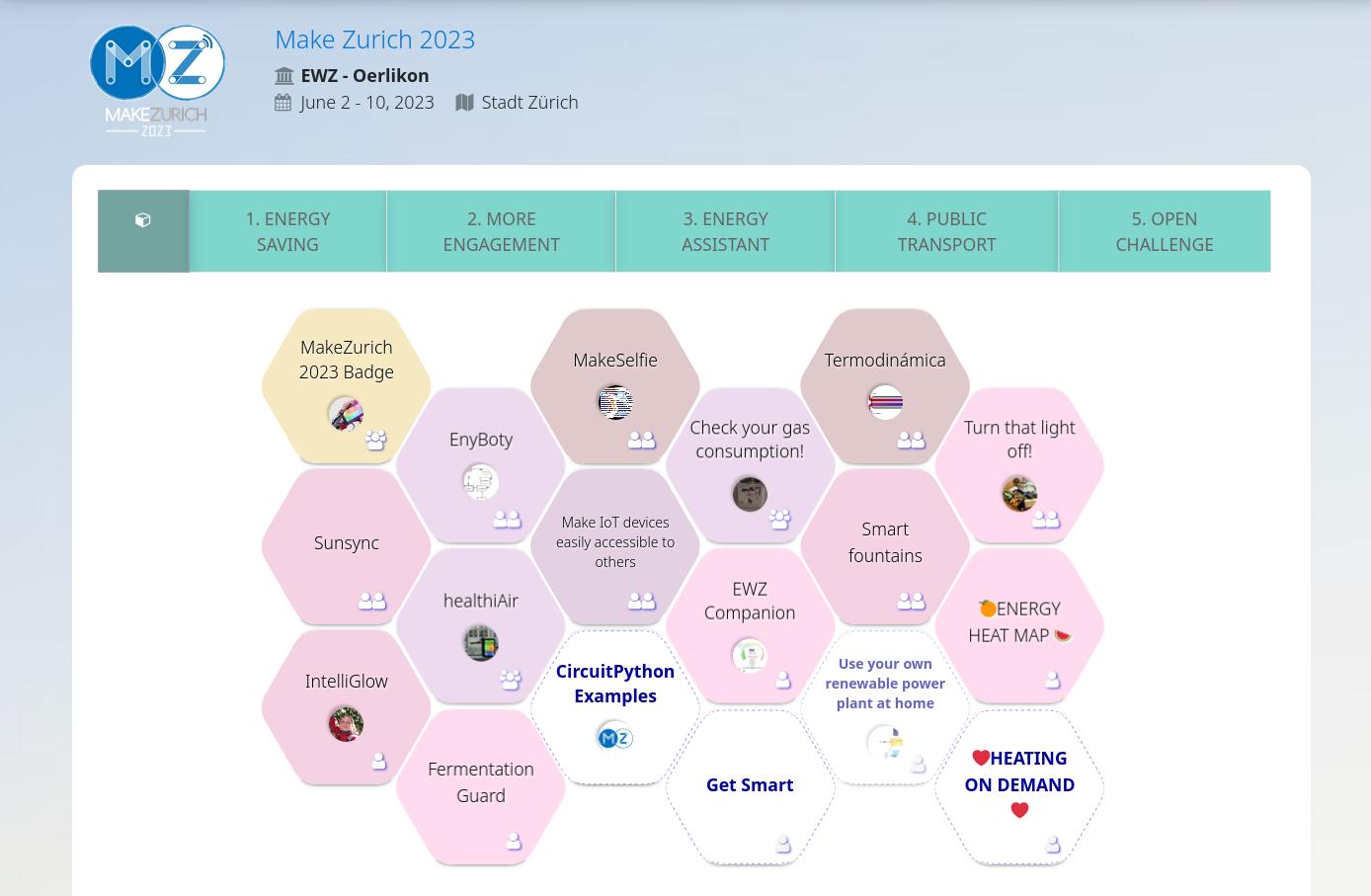
---
## Open Lab Week
After the MakeZurich kickoff where we heard about the 5 challenges for this year's IoT community hackathon, there was a week of Open Lab nights at the Bitwäscherei (a.k.a. [MechArtLab](https://mechatronicart.ch/hybrid-openlab-mechartlab-bitwascherei-is-alive-again/)) in Zürich. During my workshop on June 7, we discussed how to Make our own 'data selfies' with biometric sensors, quickly visualize and share signals on our online platforms, and 🌠 reach for the stars inside. During this hybrid meeting, which a few people joined over [Jitsi](https://jitsi.org) while others gathered around the makerspace table, I shared a little bit of history of my involvement in electronics tinkering.
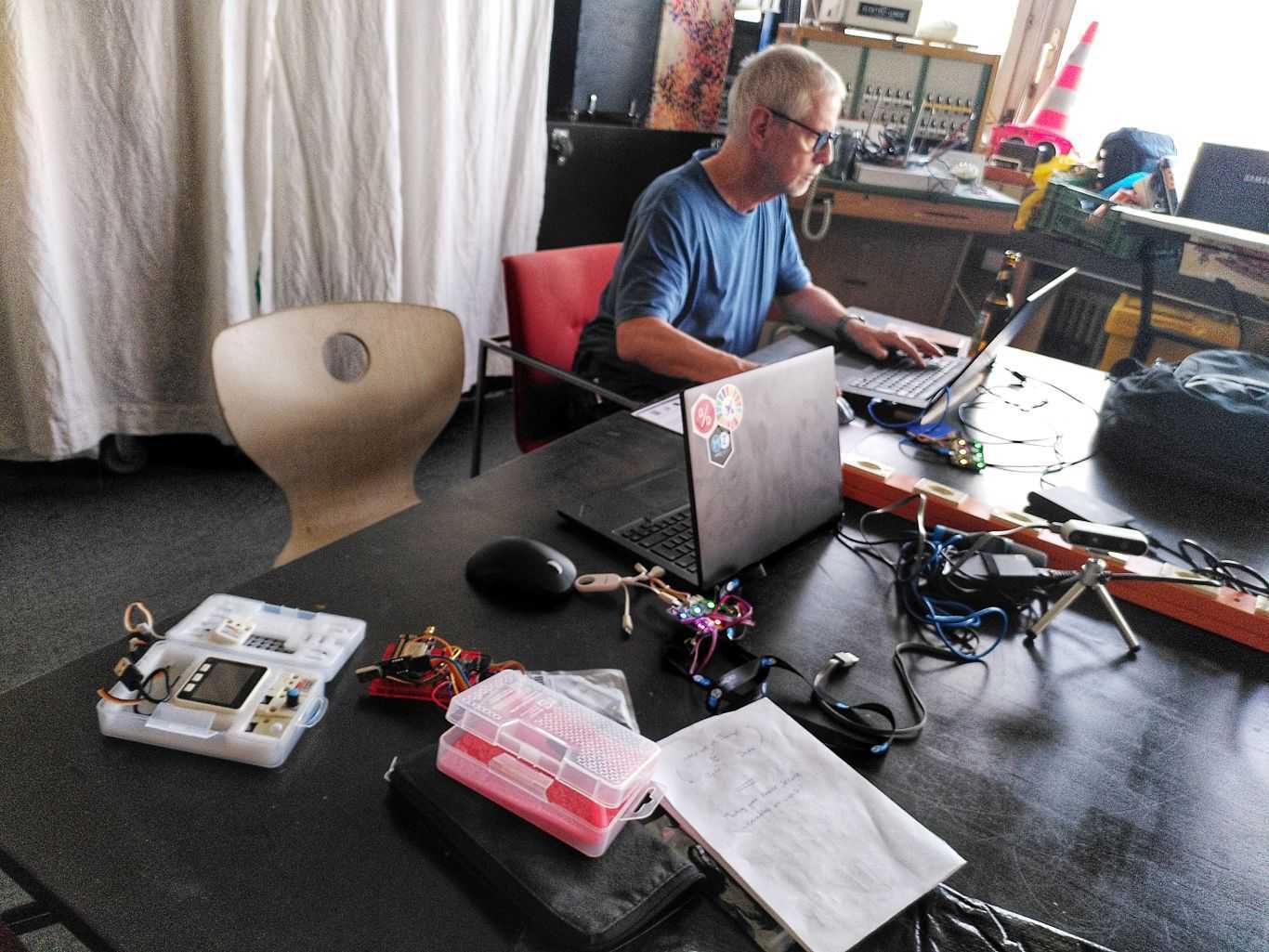
Starting with early [Science Fairs](https://en.wikipedia.org/wiki/Canada-Wide_Science_Fair) in the 90's in Canada, where I got to work with extremely talented Makers, my interest was bolstered by the open hardware community in the U.S. and U.K., whose platforms (like [Pachube/Xively](https://en.wikipedia.org/wiki/Xively)), [hackathons](https://all.utou.ch/games/pachube-radial/demo.html) and [hackerspaces](https://oxhack.org/about-us/) I was very enthusiastic about. Since then, I started participating and running IoT-related hackathons in Switzerland, like the [Open Farming](https://hack.farming.opendata.ch/) Hackdays in Liebegg, [TTN Hacknights](https://now.makezurich.ch/event/6) in Bern, and of course, the [MakeZurich editions](https://now.makezurich.ch/user/loleg).
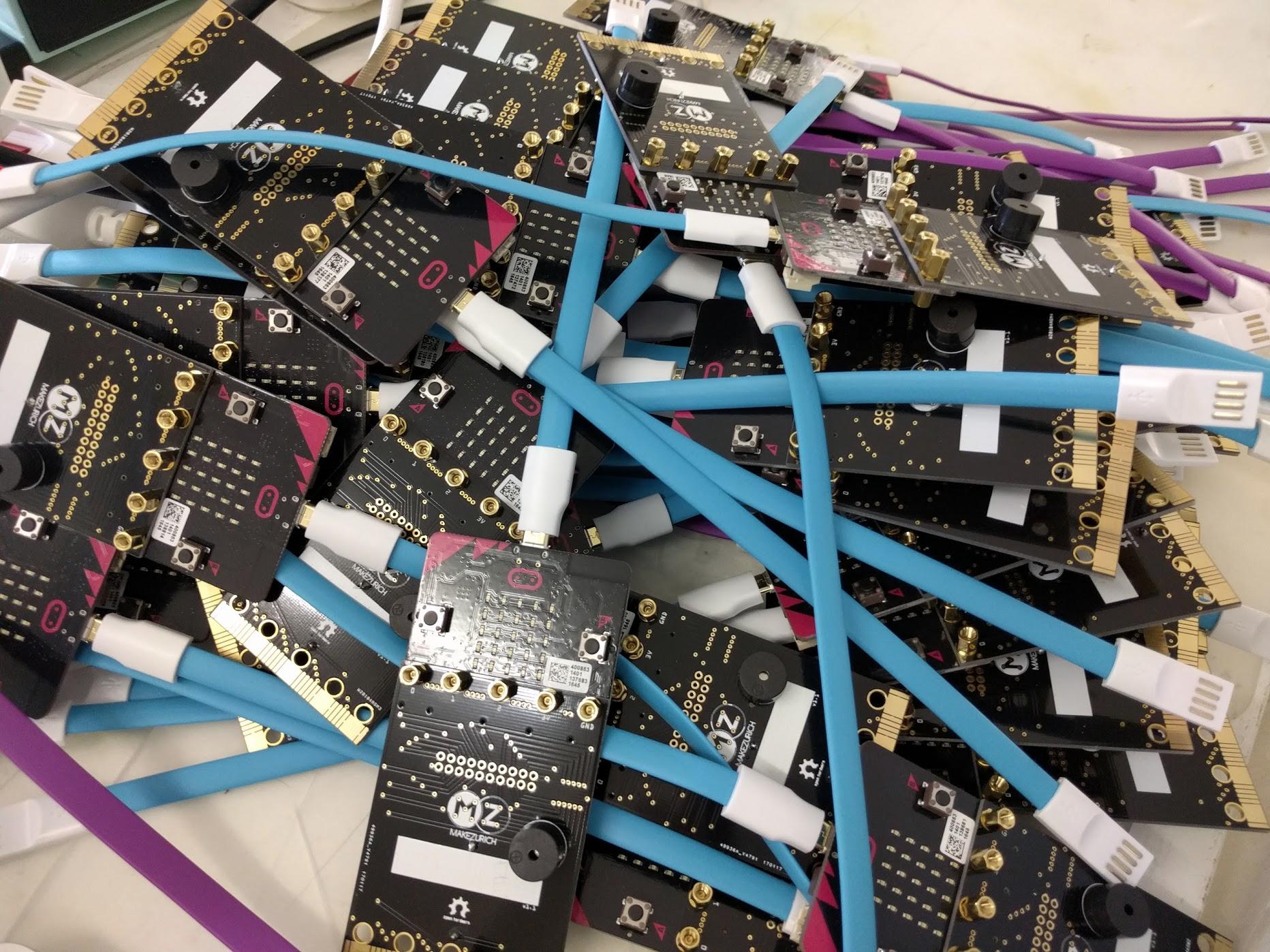
_Photo by Gonzalo Casas from [MakeZurich 2017](https://now.makezurich.ch/project/31)_
This community has had a long fascination with the "quantified self" movement. Many people have engaged in consistently measuring their own surroundings and bodies, decades before wearables became a fad. Some of us have installed "dash cams" on our vehicles, or even worn them around our necks, collecting images and location data for years. People build DIY wearables based on compact boards like the [Calliope](https://calliope.cc/), that double as great [teaching devices](https://mdb.anke.domscheit-berg.de/calliope/). In fact, the first MakeZurich badge was based on the [BBC Micro Bit](https://en.wikipedia.org/wiki/Micro_Bit) as pictured above - designed for schools, and easy to hack into [your shoes](https://microbit.hackster.io/narashiman/step-counter-using-microbit-a32e7f), or whatever.
This convergence of taking data into your own hands, and applying it to better understand your world, or at least your own body, has a long history. About a decade ago, the Quantified Self movement (linked to much earlier practices, from [self-testing](https://en.wikipedia.org/wiki/Self-experimentation_in_medicine) to [sousveillance](https://en.wikipedia.org/wiki/Sousveillance)), was spearheaded in my view by pioneers like [Nicholas Feltron](https://en.wikipedia.org/wiki/Nicholas_Felton_(graphic_designer)) - the information designer and creator of the [Daytum app](http://feltron.com/Daytum.html) who beautifully charted [his own life](http://feltron.com/FAR14.html) and that of [his father](http://feltron.com/FAR10.html) - or like MIT engineer [Lam Vo](https://www.informationisbeautifulawards.com/showcase/1168-quantified-selfie), who writes:
> We have become the largest producers of data in history. Almost every click online, each swipe on our tablets and each tap on our smartphone produces a data point in a virtual repository. According to an MIT study, the average office worker produces 5GB worth of data each day. This data has been deployed by politicians, marketers and government departments to do anything from solving crimes to sending personalized political messages to selling us products. But there are living, breathing humans behind these spreadsheets. We took actions to create these data points. **Perhaps we can use them for self exploration.**
-- [Quantified Selfie](http://quantifiedselfie.us/) (emphasis mine)
## My heart on my sleeve
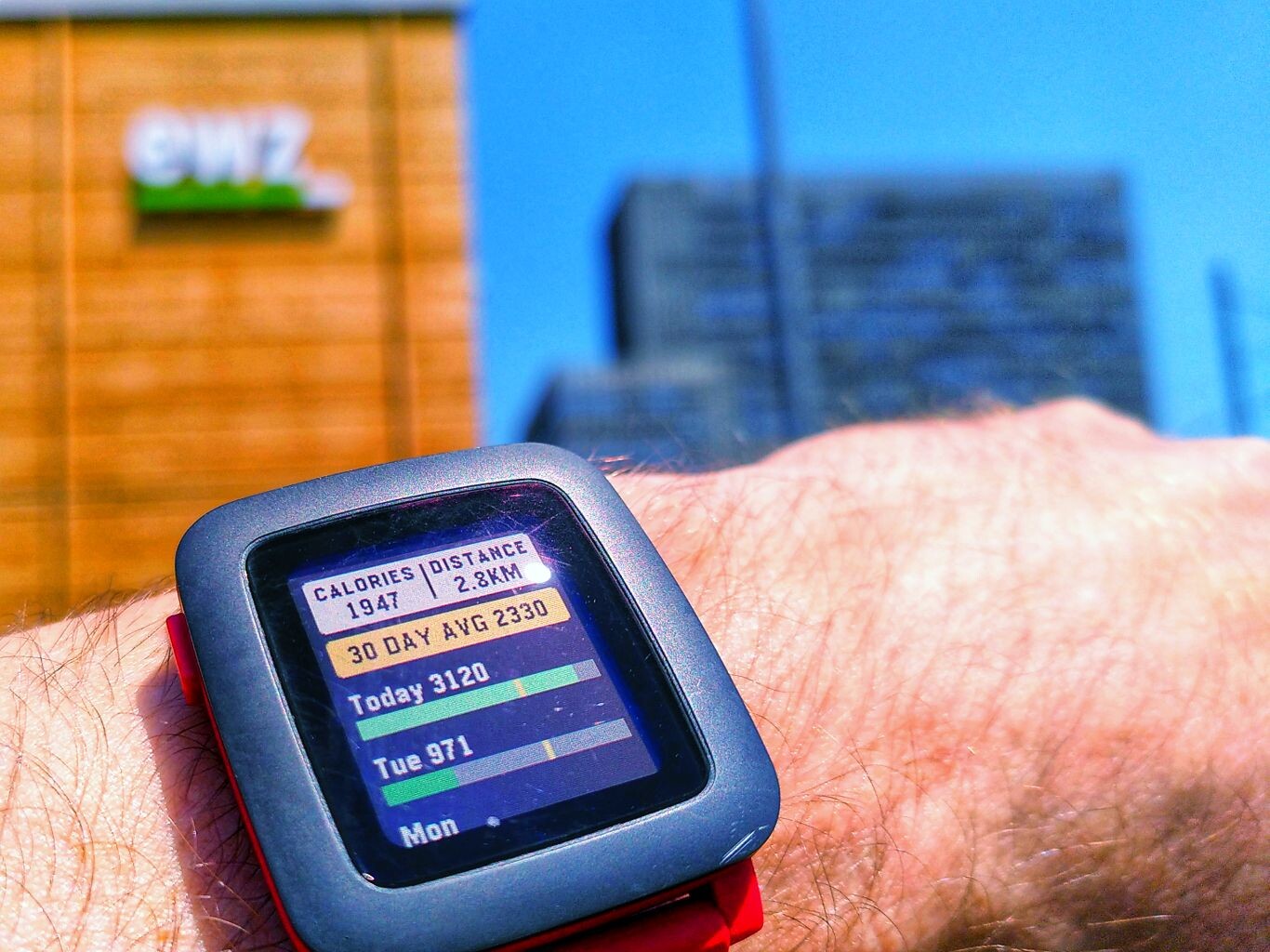
Today, we often leave the quantifying to our smart watches - a somewhat painful [topic in Switzerland](https://www.swissinfo.ch/eng/business/competition-grows_smartwatches-call-time-on-the-swiss-industry/45564046). Not much of a watch fan, I have gotten to appreciate the quirks of my zombie [Rebble/Pebble](https://rebble.io/), while others in the Maker community are fans of grassroots projects like the [Watchy](https://watchy.sqfmi.com/), installing privacy-protecting open source software like [Gadgetbridge](https://gadgetbridge.org/), hacking the [firmware](http://atcnetz.blogspot.com/2019/02/arduino-auf-dem-fitness-tracker-dank.html) of cheap wearables, or even [3D-printing](https://open-smartwatch.github.io/) their own wrist- or belt-worn devices.

_Variants of [Open SmartWatch](https://open-smartwatch.github.io/) via [Makerfabs](https://www.makerfabs.com/open-smartwatch.html)_
> Tip: follow the new community [smarterwat.ch](https://smarterwat.ch/) for advice on open wearables.
As I wrote in [an earlier blog post](https://blog.datalets.ch/076/), some ideas I have worked on over the years including aggregating my [ActivityWatch](https://activitywatch.net/) data from my computing environment into playful animations:
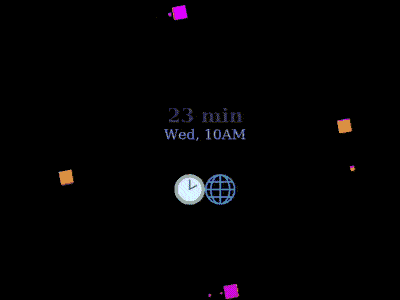
Or creating maps of my spatial footprints over the course of months of travels using a [Velotracker](https://www.velotracker.ch/) node, mostly connecting to open gateways of The Things Network in the Bern area:
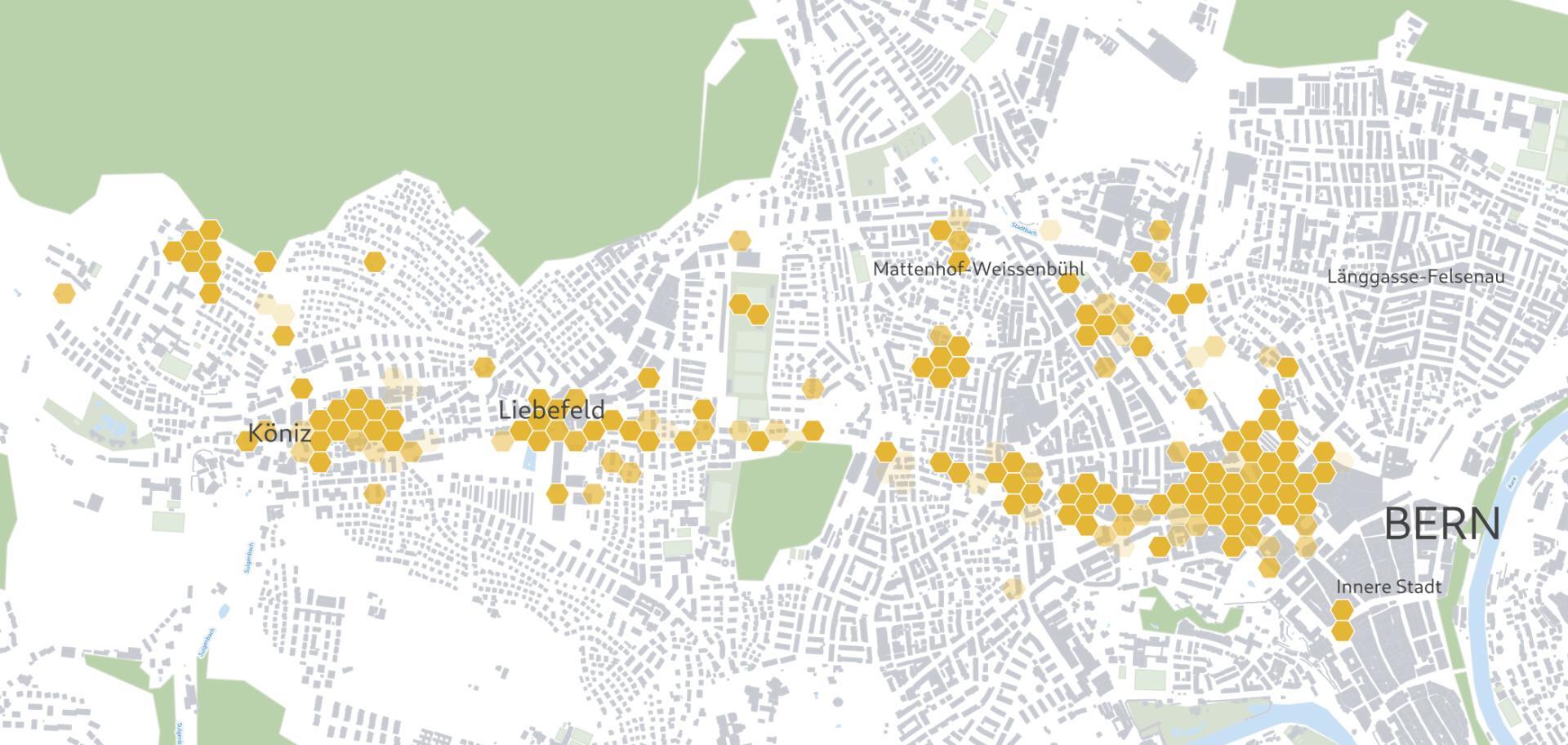
_Rendering made using QGIS, zoom in with the [dføur Sandbox edition](https://sandbox.dfour.space/de/RL0K1J/)_
Today, we are experiencing many breakthroughs on the verge of using personal data to filter through [massive databases](https://en.wikipedia.org/wiki/Large_language_model) with machine learning, as well as more powerful [edge devices](https://www.mdpi.com/1424-8220/20/9/2533). Take this recent project by Bjørn Karmann for inspiration - _[Paragraphica](https://bjoernkarmann.dk/project/paragraphica)_ is a handheld device that generates street photography using only geolocation and deep learning..a "blind" camera that hallucinates onto your frames!

_Image by Bjørn Karmann from the [Paragraphica website](https://bjoernkarmann.dk/project/paragraphica)_
# MakeSelfie
We tried in our discussion at the recent MakeZurich 2023 event to extend these ideas, imagining a "selfie corner" at Maker events - similar to designated corners of [music festivals](https://www.tagblatt.ch/ostschweiz/fuenf-minuten-fuer-selbstdarsteller-oaff-hat-eine-plattform-fuer-selfies-eingerichtet-ld.1135081) where visitors are encouraged to take photos with a fancy background or props - or the Selfie Wall by AGENCY, a critical data art installation:
> While seemingly innocent personal records of private moments, selfies are in fact a new resource for third-party datacrunchers. Facial and pattern recognition software is able to extract identity and mood, while metadata embedded in the photo file, social network post protocols, mobile device settings, and user-generated content suggests each selfie leaves a significant ‘digital footprint’ which jeopardizes individual data privacy.
_[Selfie Wall description via Archinect](https://archinect.com/firms/project/50363271/selfie-wall-a-public-sphere-for-private-data/149985693)_
Federico also remembered the selfie corner at Maker Faire Zürich, which featured giant cardboard tools as props for extra fun snaps of the family. Out of all this we cooked up the quick and fun "minimal" idea that you can see us presenting here:
https://youtu.be/ykVG2YrECY4?t=3403

_Quick sketch by me of a MakeSelfie._
The idea is to plug in your MakeZurich badge, and to identify it - either by some unique ID in the firmware (Federico explored some options here) or just for the prototype throwing a `print('<your_username>')` in the serial output. Monitoring the [serial console](https://github.com/loleg/MakeSelfie/blob/main/badge-com.py) we can then generate a selfie, based on your [dribdat](https://dribd.at) [profile API](https://dribdat.cc/contribute.html#api-guide) data (e.g. [api/loleg](https://now.makezurich.ch/api/user/loleg)), and a quick webcam photo:

We use the forgiving [PySimpleGUI](https://github.com/PySimpleGUI) and [ImageIO](https://imageio.readthedocs.io/) to quickly whip up the screen above, vertical-flip bug and all. We then make a GIF with some nice logos, and upload the whole thing as a Drib to our platform.

_Screenshot of the Dribdat stream with us playing with an [ASCII-rendering](https://bucketeer-036aa605-c047-4623-8610-f1764b90cf98.s3.amazonaws.com/makezurich/15/MKBF1ECDVXD01XHZWBIQ202B/ezgif.comgifmaker.gif) of the selfie._

_Rendering of the final composed version of the MakeSelfie._
In the future this could be really cool - a shareable likeable feature of our events. We would embed some critical discussion of data privacy, our network idealism, and the freedom-loving movement that we know as the Quantified Self.
Thanks for reading. Comments welcome!
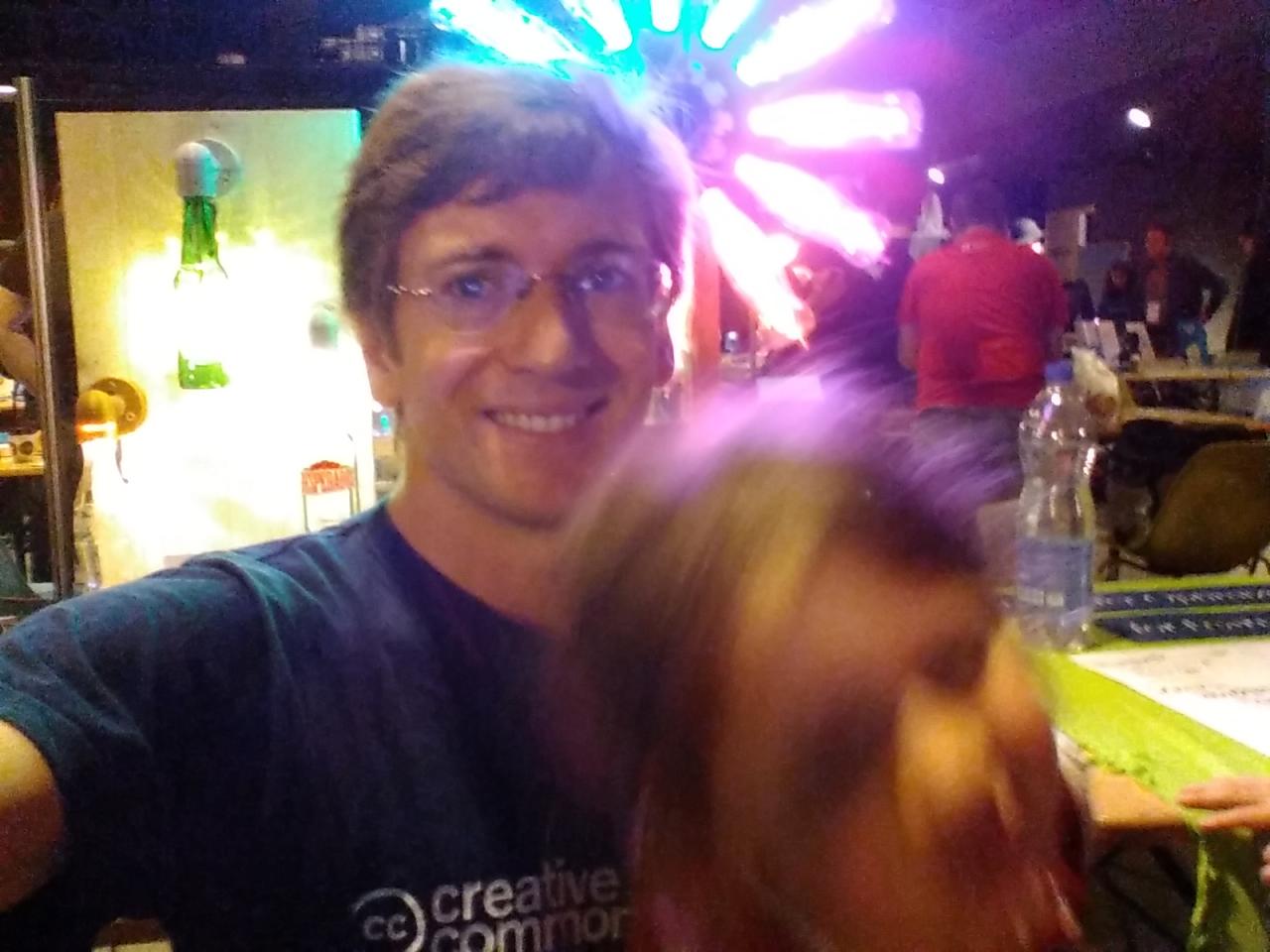
_Trying to take a selfie with my kid at Mini Maker Faire Zürich 2017._